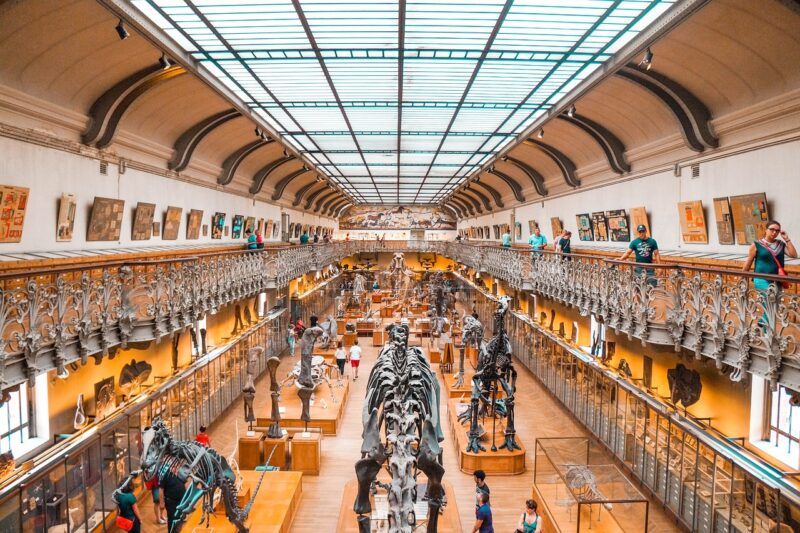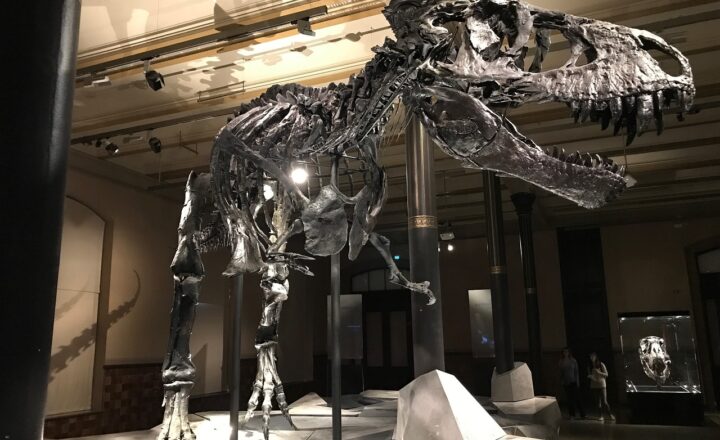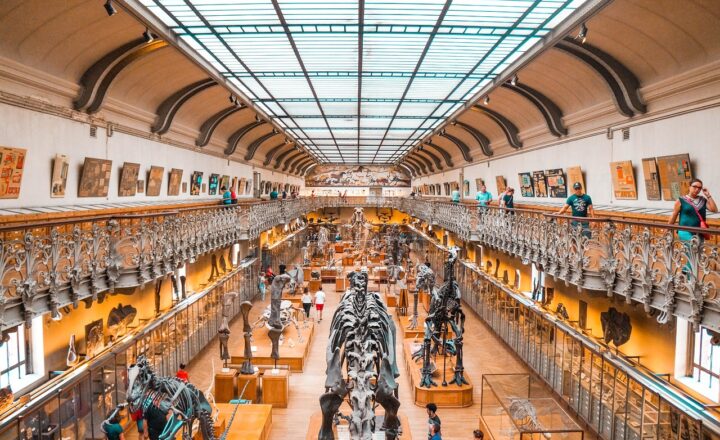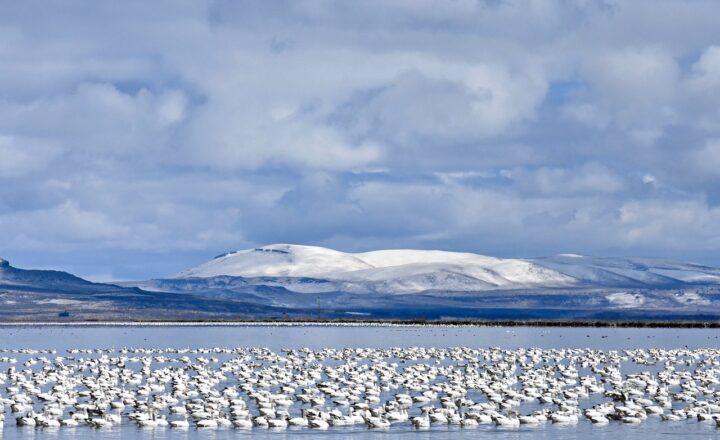How Herbivorous Dinosaurs Shaped Prehistoric Landscapes with Their Eating Habits
November 14, 2024

The dinosaur era stands as one of the most fascinating chapters in Earth’s history, a time when creatures of incredible size roamed the planet, creating a dynamic interplay with their environment. Among them, herbivorous dinosaurs played a crucial role in shaping the prehistoric landscapes we have come to study through fossil evidence. Their diverse diets and unique behaviors not only influenced plant growth but also dictated the ecological balances of their time.
1. Understanding Herbivorous Dinosaurs
Herbivorous dinosaurs, also known as plant-eaters, are divided into several groups, including sauropods, ornithopods, and ceratopsians. Each of these groups displayed different feeding strategies and adaptations that enabled them to thrive in varied environments.
– Sauropods: These long-necked giants, such as Argentinosaurus and Brachiosaurus, could reach high into the treetops to feed on leaves, shaping the canopies of their forests.
– Ornithopods: Smaller in size, these dinosaurs, including Iguanodon and Hadrosaurus, were more versatile feeders. They could graze on low-growing vegetation, often in herds, which significantly altered the plant life of their ecosystems.
– Ceratopsians: Featuring prominent horns and frills, dinosaurs like Triceratops and Protoceratops browsed on tough, fibrous plants, influencing the types of flora that could survive in their habitats.
These feeding habits were pivotal in determining not only their survival but also the overall health of their ecosystems.
2. The Influence of Feeding Habits on Vegetation
Herbivorous dinosaurs had a profound impact on the plant life of their time. Their feeding patterns can be understood through a few key concepts:
– Selective Feeding: Many herbivores developed preferences for certain types of vegetation, influencing which plant species thrived. For example, sauropods often preferred leaves from specific trees, which could lead to those trees predominantly existing in certain areas, thus creating a distinctive landscape.
– Grazing Pressure: The repetitive grazing and browsing exerted by herbivorous dinosaurs curtailed overgrowth and promoted the growth of diverse plant species. This process of natural selection allowed more vigorous species to thrive, influencing the types of plants present in their habitats.
– Seed Dispersal: As herbivorous dinosaurs consumed plants and traveled large distances, they spread seeds through their droppings, facilitating a wider distribution of various plant species and contributing to the biodiversity of the ecosystem.
The interaction between these dinosaurs and their vegetation is not just a matter of survival; it is a key aspect of ecosystem dynamics.
3. The Impact on Geological Landscapes
The influence of herbivorous dinosaurs extended beyond the biological realm and into geological transformations. Their massive size and unique movements caused soil compaction and the alteration of landscapes in the following ways:
– Soil Compaction: The weight of herbivorous dinosaurs compressed the soil, making it denser. This compaction affected water drainage and nutrient distribution, fostering certain types of vegetation over others.
– Landscape Architecture: The movements of large herds of herbivores reshaped the land as they migrated in search of food and water. Their paths can create trails that would later evolve into riverbeds or channels.
– Nutrient Cycling: Through their digestion and excretion, herbivorous dinosaurs played a vital role in cycling nutrients back into the ecosystems, promoting plant growth and soil fertility.
By modeling their surroundings, these dinosaurs helped establish and maintain the ecological frameworks of their times.
4. Coevolution with Flora
The relationship between herbivorous dinosaurs and plants was one of coevolution. As these dinosaurs evolved, so did the plants they fed on:
– Defensive Mechanisms: In response to the feeding habits of herbivores, many plants developed defensive adaptations such as tougher leaves, thorns, and toxic chemicals to deter these large eaters. This chemical arms race continues to be evident in modern ecosystems.
– Adaptive Growth Patterns: Some plants evolved features like rapid growth rates to recover from grazing, while others developed growth forms that made them less accessible to dinosaurs.
– Diversity of Flora: As herbivorous dinosaurs diversified, so did the types of vegetation. Different dietary needs led to a greater variety of plant species, creating a rich and varied ecosystem.
This interplay between herbivores and plants highlights the intricate relationships that defined prehistoric life and contributed to biodiversity.
5. Fossil Evidence and Modern Implications
The study of herbivorous dinosaurs provides insights not only into prehistoric ecosystems but also into modern ecological practices:
– Paleoecology: By analyzing fossilized remains and the geological record, scientists can reconstruct ancient environments and understand how herbivorous dinosaurs interacted with their ecosystems.
– Conservation Lessons: Understanding these ancient feeding habits sheds light on modern herbivores and their ecological roles, emphasizing the need for biodiversity and sustainable practices in current ecosystems.
– Ecosystem Restoration: Insights from prehistoric herbivores can inform contemporary ecological restoration efforts, such as reintroducing grazing animals in areas to promote biodiversity and landscape health.
The legacies of herbivorous dinosaurs are visible not only in the fossil record but also in the guiding principles of modern ecology.
Conclusion
Herbivorous dinosaurs were more than just giants of the Mesozoic era; they were pivotal in shaping the landscapes and ecosystems of their time. Through their feeding habits, locomotion, and interactions with flora, these magnificent creatures molded the world in ways that resonate even today. The study of herbaceous dinosaurs serves as a reminder of the interconnectedness of life on Earth and the significant roles each organism plays in sustaining the delicate balance of ecosystems.
As we continue to explore and understand these prehistoric beings, we gain valuable insights into our planet’s ecological history and future.








